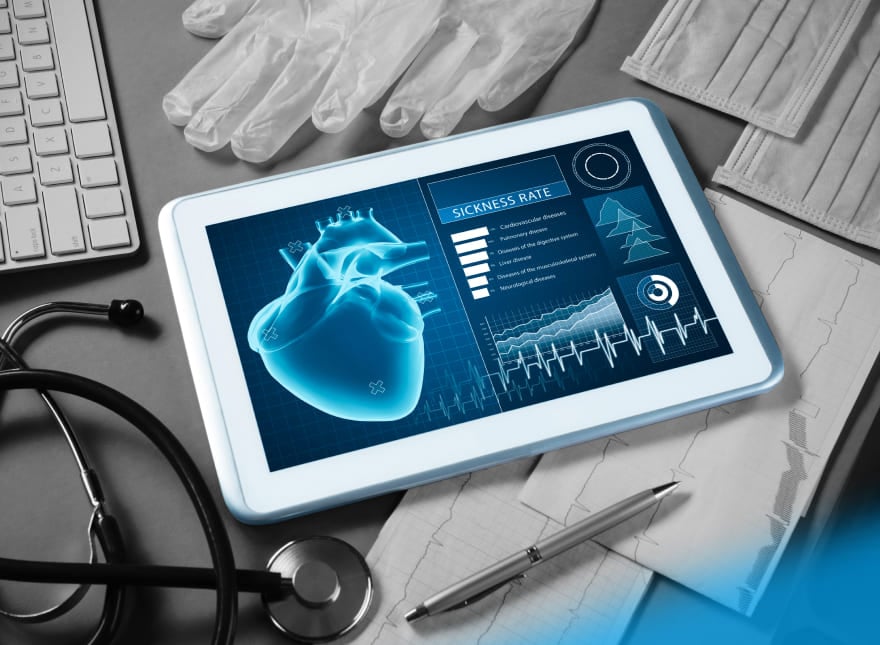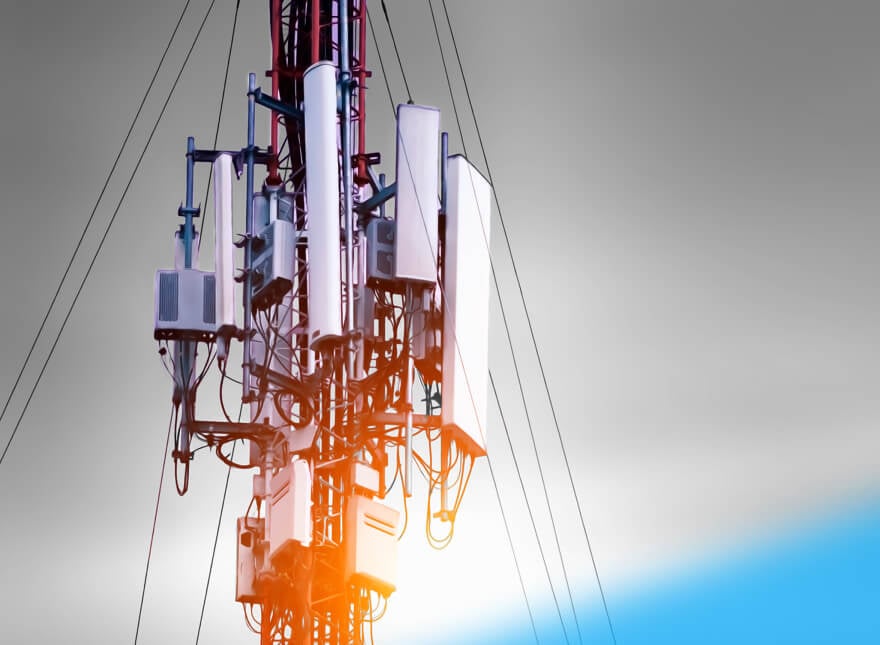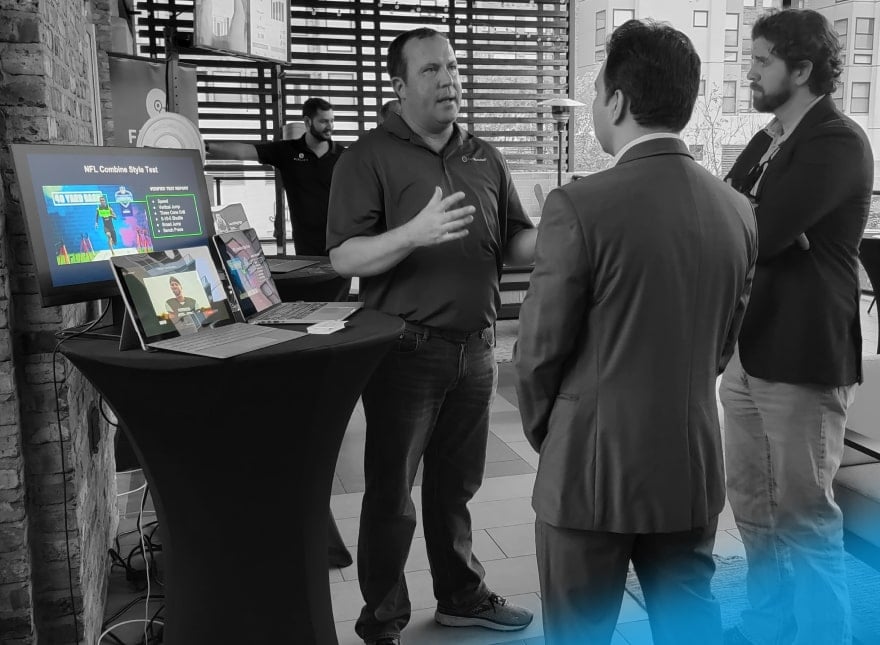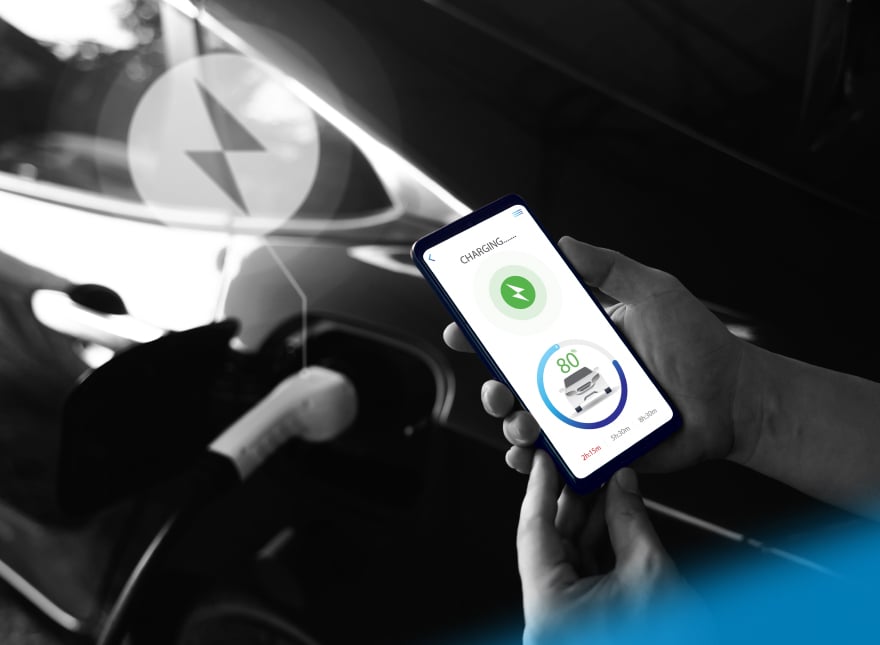Innovative Tech Stories in the Automotive Industry

The automotive industry has always been a place of technological revolution, with cars getting more and more complex every year. An ever-increasing demand for safety, comfort, and luxury has also propelled the industry. Equipped with cameras, sensors, microprocessors, and software code, modern autos are technological marvels on wheels.
For this article, we have collected recent disruptive innovation examples, designed in the automotive industry—for your inspiration to further advance.
Table of Contents
AI-Assisted Solutions
When speaking of AI in the automotive industry, thoughts of self-driving cars come to mind. Experts project the next ten years to be the decade of autonomous vehicles. Self-driving cars hold the promise of safer roads, less stress to passengers and drivers, and more efficient mobility in cities.
An AI System to Make Self-Driving Cars Safer
To make autonomous cars safe in the future, development efforts often rely on sophisticated models aimed at giving cars the ability to analyze the behavior of all traffic participants. But what happens if the models are not yet capable of handling complex or unforeseen situations?
A team of researchers at the Technical University of Munich (TUM), Germany, has developed a new early warning system for vehicles. The system uses AI to learn from thousands of real traffic situations with over 85% accuracy predicting danger on the road. More details about the system and its implications for the future of self-driving cars can be found here
Harnessing AI to Reduce Road Accidents
Keeping all drivers, passengers, and pedestrians safe is a top priority for automotive companies. And that’s where AI comes in: the technology can help reduce fatalities and make roads safer.
Scientists from the Universitat Oberta de Catalunya (UOC), Spain, have looked into the correlation between the complexity of certain urban areas and the likelihood of an accident occurring there. This information can be used to train neural networks to detect probable hazards in an area and work out patterns associated with this high-risk potential. Find out how else AI can aid in curbing traffic accidents.

Analyzing the Demand for Parking Space with AI Service
The use of AI is now widespread and generally accepted within the automotive environment: it assists drivers, passengers, cyclists, and even pedestrians. Now, it also helps municipalities make decisions on the required infrastructure.
The Fraunhofer Institute for Industrial Engineering IAO, Germany, is now exploring the use of AI and camera drones to create a residential parking zone. How does the system work? Drones generate video images of the entire test area, and AI processes and evaluates that data. Then, the system further determines the number of parked vehicles, and calculates the current utilization of parking space.
Google’s Contribution
Many tech giants continue transforming the automotive industry at an unprecedented scale. For example, they have integrated with vehicle technology through Android Auto, Apple CarPlay, and other services.
Google is interested in doing even more in the automotive space. Many car manufacturers already use Google’s Android base OS in their infotainment systems, as its open-source design is easy to adapt and customize to fit the vehicles’ needs. And Google doesn’t plan to stop there.
Introducing Eco-Friendly Routes to Save the Climate
Transport accounts for around one-fifth of global CO2 emissions worldwide, with road travel accounting for three-quarters of this. Can innovative technologies help reduce carbon emissions?
Google tries to address this. Soon, they’ll use their Maps app to direct drivers along more eco-friendly routes to reduce the carbon footprint of their car journeys. What else does the corporation offer to help combat climate change?
Adopting Google’s Infotainment System to Lead in Digitalization
Infotainment systems have become a high-tech battleground for automakers seeking differentiation and new revenue sources from subscription services. Most companies are still hesitant that using outside suppliers is the right step. But Volvo has taken another approach.
The company stopped the further development of their own Sensus Connect infotainment system in favor of hooking up with Google’s solution. They adopted Google's Android Automotive operating system with Google Maps, Google Assistant, and the Google Play app store onboard. What else does the system offer to make Volvo’s cars even more advanced?
Sensor-Enabled System
Modern cars make thousands of decisions based on the data provided by only dozens of sensors connected to a vehicle’s computer systems. Sensors help car manufacturers build safer, more fuel-efficient, and more comfortable cars. Additionally, sensors enable greater degrees of vehicle automation.
Giving Early Warnings to Save Pedestrians’ Lives
It can be hard for drivers to keep track of everything around them on the road. For example, if a child runs into the road to catch a bus that has stopped on the opposite side, a car driver is very unlikely to expect this to happen.
But this awareness can be vital for everyone’s safety. And that’s why one company has set itself the goal of improving road safety—particularly in situations involving large numbers of road users.
The German Fraunhofer Institute for High Frequency Physics and Radar Techniques (FHR) developed a radar sensor system that issues an early warning for drivers and self-driving vehicles when a pedestrian runs toward the road or the car. The solution is a true life-saver: it predicts behavior in a reliable manner, detecting a person’s movements with the very first step.
More Sensors for Huge Vehicles to Drive Safer
It’s all about the sensors. Automakers producing self-driving cars will use even more sensors to detect objects, highway impediments, and people, as well as connect to new roadways, and monitor accidents in real-time. This is especially found with massive trucks that can be hard to drive: they are less maneuverable and have limited visibility.
Nissan seems to be at the forefront of equipping its full-size trucks with advanced sensor-enabled systems. The company’s 2020 Nissan Titan van uses a lot of very progressive sensors to make driving a comfortable and pleasant experience. How does the car maker achieve this?
Other Smart Solutions
Since the industry is fast-paced and forward-thinking, there is always a need to deliver more innovative automotive solutions to meet the needs of drivers and all other road users.
Hands-Free Driving System to Monitor Everything on the Road
Providing an additional layer of safety to guide drivers on the road and enhance convenience behind the wheel is a milestone all carmakers should try to achieve.
General Motors has Super Cruise technology and Tesla has Autopilot with Full Self-Driving capabilities in their cars. Both systems help drivers watch the road and make sure they are paying attention to traffic conditions.
And Ford keeps up with the world’s automotive leaders. The company’s BlueCruise hands-free driving system is coming in the third quarter of this year. The system uses a driver-facing camera, radar, and other cameras to keep the vehicle in its lane. The camera tracks the driver's eyes, even with sunglasses on, and the system prompts drivers to pay attention if they get distracted. Find more details about Ford's innovation and how it eases driving.
New Satellite Navigation System to Guide a Driver Through the Traffic
How to avoid traffic lights, queues, and speed cameras, and take the fastest route by detecting traffic jams? How to make every trip simpler, safer, and more enjoyable? While a smartphone may be a reliable option for this, sometimes it's better to rely on a system specifically designed for navigation. And Garmin has an eye for it.
Their new DriveSmart satnav system allows drivers to see the route ahead and receive accurate directions, even in remote locations with limited cell phone reception. The DriveSmart system tracks the traffic to help drivers steer clear of congestion, and they're road trip ready thanks to integrated TripAdvisor reviews and Foursquare points of interest. And that's not all.
Bottom Line
In order to keep up with mandatory vehicle regulations, as well as meet growing safety standards and customer demands for comfort, car businesses have to invest in innovations. We understand the innovations the automotive industry needs to evolve, and can help you approach them from all sides—from business to technologies.
More articles on the topic






